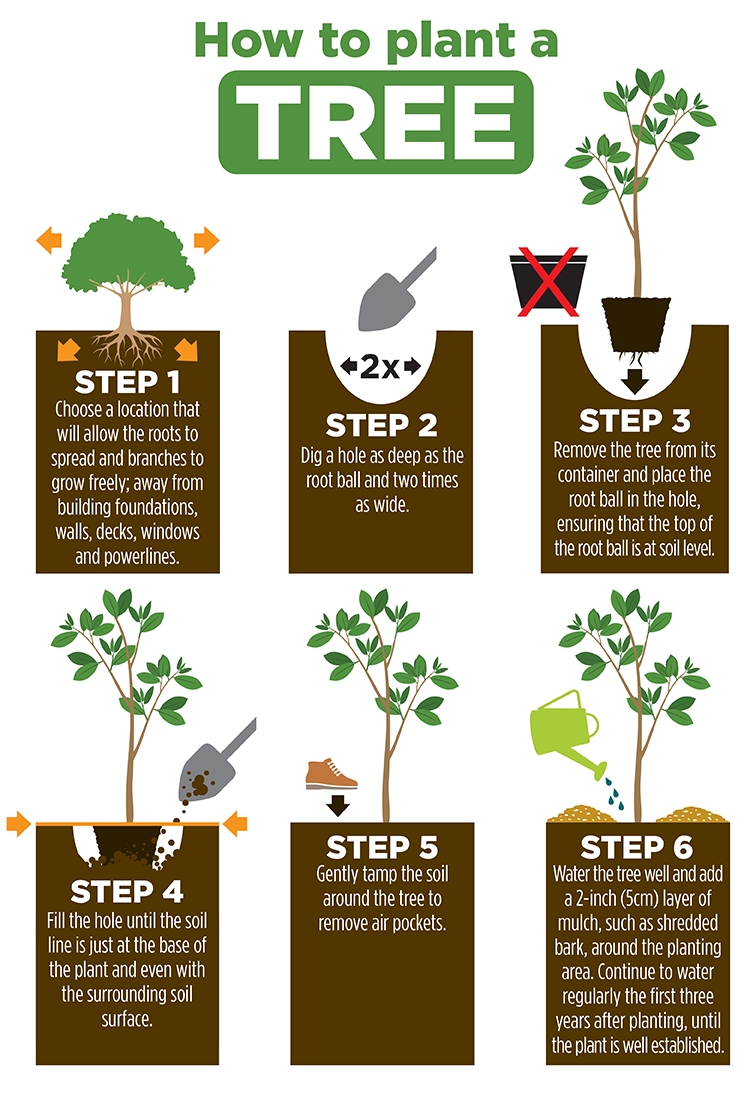Jerusalem artichokes, also known as sunchokes, are a prized addition to any home garden due to their resilience and nutritional tubers. Understanding the best practices for cultivating these perennial vegetables can lead to a bountiful harvest. This guide will dive into the essentials of growing sunchokes, answering common questions, and providing practical advice for any aspiring gardener.
What Are Jerusalem Artichokes?
Jerusalem artichokes, or sunchokes, are a type of perennial vegetable known for their sunflower-like appearance and their delicious, nutrient-rich tubers. Native to North America, these hardy plants are not only easy to grow but are also beneficial for attracting pollinators to your garden. Packed with inulin, a type of fiber, sunchokes offer a range of health benefits and are a versatile ingredient in the kitchen.
Their capacity to adapt to various soil conditions and climates makes them particularly appealing to gardeners. Despite being unrelated to artichokes, the resemblance in flavor has led to their common name. Unlike other vegetables, sunchokes require minimal upkeep, making them ideal for both novice and experienced gardeners.
Whether you’re interested in their nutritional benefits or simply looking for an attractive plant that can provide a unique flavor to your dishes, sunchokes are an excellent choice. They not only enrich the biodiversity of your garden but are also a conversation starter due to their distinctive characteristics.
How to Grow Jerusalem Artichokes (Sunchokes)
When embarking on your guide to growing Jerusalem artichokes, the process starts with choosing a suitable location in your garden. These plants prefer full sunlight and can thrive in a range of soil types, although they favor well-drained soil.
The ideal time to plant sunchokes is during early spring, as soon as the soil is workable. You should plant the tubers about 2-4 inches deep and space them approximately 12-18 inches apart. This spacing allows adequate room for growth, as sunchokes can grow quite tall and may need support as they mature.
One of the benefits of growing sunchokes is that they are not particularly needy. Once planted, they require little maintenance. Be sure to water them during dry spells and consider adding a layer of mulch to retain moisture and suppress weeds.
Remember, while sunchokes are generally pest-resistant, they can become invasive. Regular harvesting and monitoring will help control their spread. Offering a balance of ease and caution, growing sunchokes can be a deeply satisfying endeavor for any gardener.
Where to Buy Sunchokes for Planting?
For those wondering where to start, buying sunchokes for planting is straightforward. Garden centers, specialized online retailers, and even local farmers markets can be sources for quality tubers. When selecting sunchokes, look for firm, healthy tubers with no signs of decay or damage.
Some gardeners choose to save tubers from the previous harvest for replanting. This ensures that the variety you grow is well-suited to your specific garden conditions. However, if you’re new to growing sunchokes, it’s advisable to purchase from a reputable source to guarantee a good start.
Consider buying organic sunchokes if possible, as these will be free from harmful chemicals and are likely to provide the best results in your garden. With the right tubers in hand, you’re already halfway to a successful harvest.
How to Plant Jerusalem Artichokes in Containers?
Growing sunchokes in containers is an excellent option for those with limited space. To do so effectively, choose a large container with plenty of room for the tubers to grow. Ensure there is adequate drainage at the bottom to prevent waterlogging, which can lead to rot.
Fill the container with a mix of quality potting soil and compost to provide the nutrients the sunchokes need to thrive. When planting the tubers, bury them a few inches deep and water them well. Place the container in a sunny spot, and water regularly to maintain consistent soil moisture.
Container-grown sunchokes may require more frequent watering than those planted in the ground, as soil in containers tends to dry out faster. Keep an eye on the soil moisture and adjust your watering schedule accordingly. With proper care, you can enjoy a generous harvest even from a container garden.
What Is the Best Soil for Growing Sunchokes?
The best soil for growing sunchokes is well-drained, nutrient-rich, and can retain moisture without becoming waterlogged. While sunchokes are not fussy and can grow in a wide range of soil types, they do best in soil with a pH between 5.8 and 6.2.
Before planting, it’s a good idea to work in some compost or well-rotted manure to enrich the soil. This will provide the sunchokes with the nutrients they need to produce a bountiful crop. If your soil is heavy clay or particularly sandy, amending it with organic matter can help create a more favorable environment for growth.
Regular testing and amendments can ensure that your soil remains in optimal condition for growing sunchokes. By investing time in preparing the soil, you lay the foundation for a successful harvest.
When to Harvest Jerusalem Artichokes?
Harvesting Jerusalem artichokes is a unique aspect of their cultivation. The best time to harvest is after the first frost in the fall when the leaves have died back. This is when the tubers are at their sweetest, as the cold helps convert their inulin into fructose.
Use a fork or spade to gently lift the tubers from the soil, taking care not to damage them. Since they can be left in the ground over winter, you can also harvest them as needed. If you choose to store them, keep them in a cool, dry place, and they can last for several months.
Remember that any tubers left in the ground will likely sprout the following year, which can lead to uncontrollable growth. Regular harvesting helps to manage their spread and ensures that you continue to enjoy these delicious tubers year after year.
How to Prepare and Cook Sunchokes?
Sunchokes can be enjoyed in a variety of ways, from roasting to boiling or even eating raw in salads. Their nutty, sweet flavor is a delightful addition to many dishes. Before cooking, scrub the tubers clean and remove any eyes or damaged parts.
Roasting sunchokes is a popular method that enhances their inherent sweetness. Simply cut them into even pieces, toss with olive oil and your favorite herbs, and roast in a preheated oven until tender. They can also be boiled and mashed as a healthier alternative to potatoes.
For those looking for a creative culinary adventure, sunchokes can be used in soups, stews, or even pickled for a tangy treat. Their versatility and health benefits make them a must-try for any food enthusiast.
Questions Related to Growing Jerusalem Artichokes (Sunchokes)
Do Sunchokes Come Back Every Year?
Yes, sunchokes are perennial vegetables, meaning they will come back year after year. As long as some tubers are left in the ground after harvesting, they will sprout new plants the following spring.
However, this characteristic also means that they can become invasive. Proper management and regular harvesting are essential to prevent them from taking over your garden. By keeping an eye on their growth, you can enjoy their return each year without any concerns.
What Zone Do Sunchokes Grow In?
Sunchokes are incredibly adaptable and can be grown in a wide range of climates, typically USDA zones 3 through 9. They are cold-hardy and can tolerate harsh winters, making them suitable for many gardeners across various regions.
Knowing your specific zone can help you determine the optimal planting time for sunchokes in your area. Generally, as long as your ground doesn’t freeze to the depth where the tubers are planted, sunchokes can be a successful crop.
Can I Plant Sunchokes in the Fall?
While spring is the traditional planting time for sunchokes, it is possible to plant them in the fall, particularly in milder climates. This gives the plants a head start and can lead to an earlier harvest the following year.
Be sure to mulch well to protect the tubers from any harsh winter conditions. By experimenting with planting times, you may find a method that works best for your unique garden setting.
How Long Do Sunchokes Take to Grow?
Sunchokes typically take about 150 to 200 days to reach maturity and be ready for harvest. The exact time can vary depending on growing conditions such as climate, soil fertility, and water availability.
Patience is key when growing sunchokes, but the wait is well worth it when you’re able to enjoy the plentiful and delicious tubers they produce.
For a visual guide on the process of growing sunchokes, check out this informative video:
In summary, growing Jerusalem artichokes can be a rewarding experience that adds beauty and flavor to your garden. With their minimal care requirements and numerous uses, they offer a valuable and nutritious crop year after year. Whether you’re an experienced gardener or new to the game, your guide to growing Jerusalem artichokes (sunchokes) will provide the knowledge needed to cultivate these versatile vegetables successfully.





